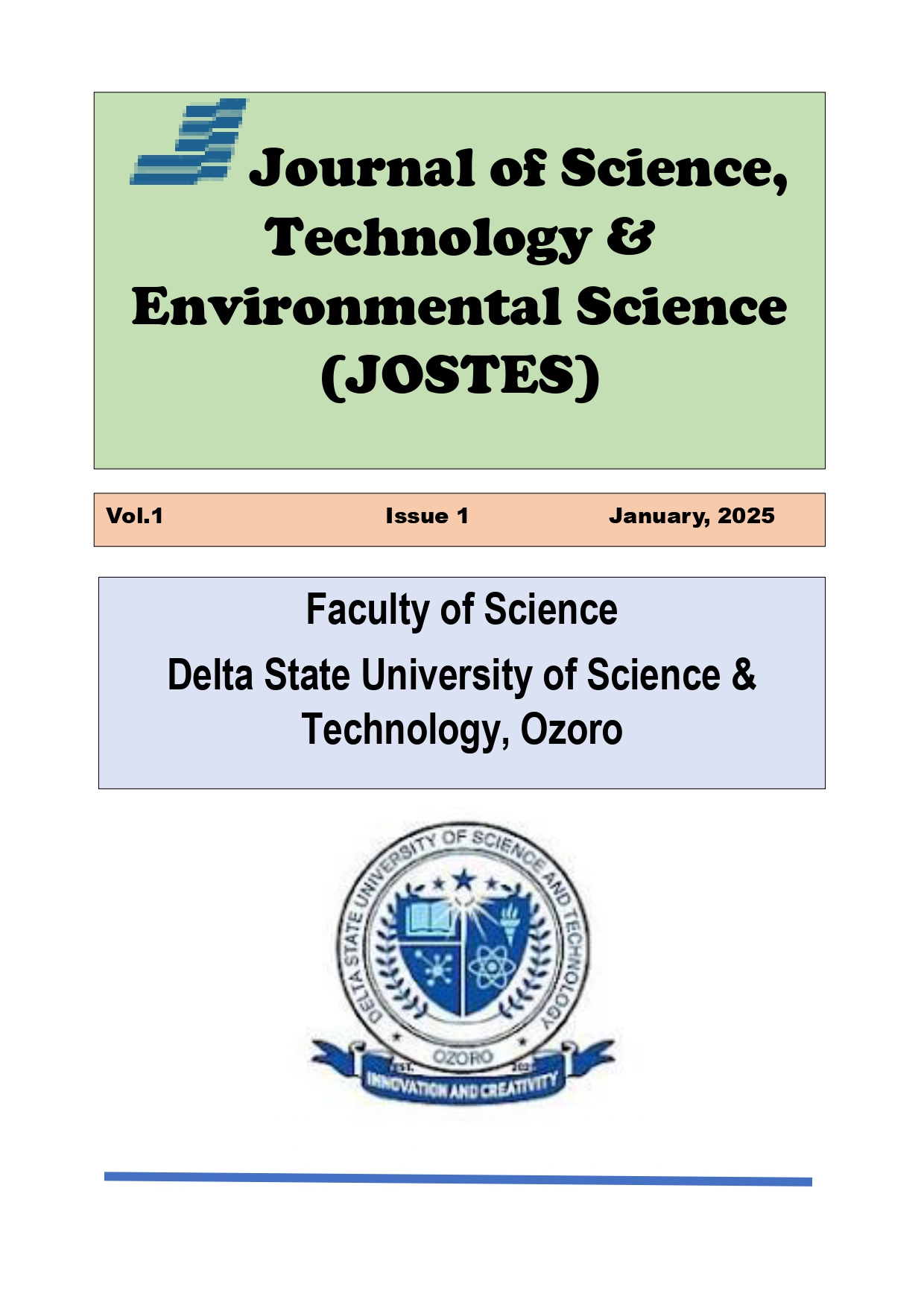Academic staff flow modeling in a manpower planning system integrated with sustainability practices
Main Article Content
Abstract
Manpower is the human skills, expertise and intelligence in business organization which is responsible for the production of goods and services. Assigning employees to different jobs at the right time, into right positions and in right quantity involves using correct data in planning. Unfortunately, this has remained a huge challenge to human resource personnel in many of our educational institutions. The method of Markov’s transition matrix probabilities is used to model manpower-flow in this article. This research explores the intersection of academic staff flow modeling and sustainable environmental management practices within a manpower planning system. Although, some researchers have made some attempts in modeling manpower planning with data applicable to higher institutions, much has not been said about academic staff-flow in Colleges of Education. In this study, an expansion of the concept of manpower-flow in some existing models is derived by formulating a Markov Model of Academic Staff-flow in Colleges of Education. From the results obtained in the numerical illustration, it is observed that the transient-state is a better parameter than the steady-state in determining the efficiency of the manpower planning system in the first few periods. In the first few periods, the total number of staff decreases with few departments in operation but as time goes on, more academic staffs are being recruited and many departments are usually approved by regulatory bodies such as National Commission for Colleges of Education (NCCE) and National University Commission (NUC) respectively. This gives rise to slow convergence; another phenomenon observed in the probability matrix is the fact that is an upper triangle matrix such that the eigen values form the diagonal elements. The highest eigenvalue is 0.90 which is approximately 1. The model offers practical utility for human resource personnel and policymakers in higher institutions to forecast and optimize staffing structures while supporting sustainability initiatives

